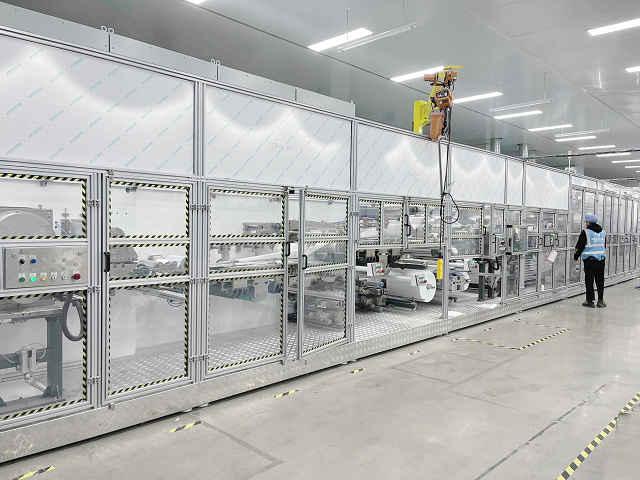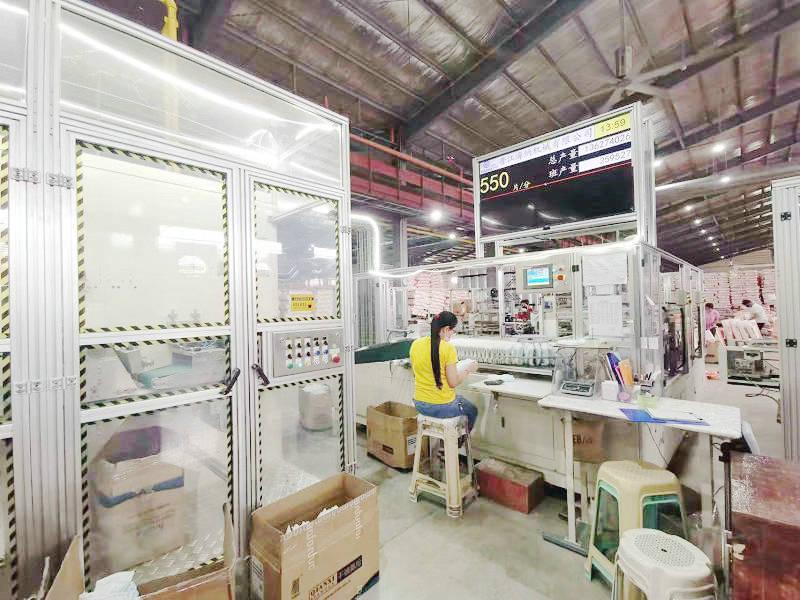Author:Haina Machinery Factory FROM:Diaper Machinery Manufacturer TIME:2024-12-30
Diaper machines play a significant role in the production of disposable diapers, which are widely used across the globe. While these machines have made diaper manufacturing more efficient and cost-effective, their environmental impact raises serious concerns. This article explores the various ways in which diaper machines affect the environment, examining factors such as resource consumption, waste generation, and pollution. Additionally, we will discuss potential solutions and alternatives that can help mitigate these impacts, paving the way for more sustainable practices in the diaper industry.

The production of disposable diapers requires a substantial amount of natural resources. Diaper machines primarily utilize materials such as plastic, wood pulp, and superabsorbent polymers (SAPs). The extraction and processing of these materials contribute to environmental degradation. For instance, the production of plastics typically involves fossil fuels, which not only deplete non-renewable resources but also generate greenhouse gas emissions. Moreover, the cultivation of trees for wood pulp can lead to deforestation, loss of biodiversity, and disruption of ecosystems.
One of the most significant environmental challenges associated with diaper machines is the sheer volume of waste they produce. Disposable diapers are designed for single use, and millions are discarded each day. In the United States alone, approximately 20 billion diapers end up in landfills annually. These diapers can take hundreds of years to decompose, releasing harmful chemicals into the soil and groundwater in the process. The waste management systems in many regions are ill-equipped to handle such a large volume of non-biodegradable products, exacerbating the problem.

The manufacturing processes involved in diaper production are also linked to various forms of pollution. Diaper machines emit volatile organic compounds (VOCs), particulate matter, and other pollutants into the air, contributing to air quality issues and posing health risks to nearby communities. Furthermore, the wastewater generated during the production process can contaminate local water sources if not properly treated. This pollution can have detrimental effects on aquatic life and disrupt ecosystems, highlighting the need for more sustainable manufacturing practices.

Diaper machines require significant energy input to operate efficiently. The energy used in the production of disposable diapers often comes from non-renewable sources, contributing to climate change. The entire lifecycle of a diaper—from production to disposal—consumes energy, resulting in a high carbon footprint. As the demand for disposable diapers continues to grow, so does the need for energy-efficient technologies and practices within the industry to reduce overall energy consumption.
The environmental impact of diaper machines extends beyond ecological concerns; it also has social implications. Communities near manufacturing facilities may experience health problems due to increased pollution, while those in areas affected by deforestation face economic challenges. Additionally, the reliance on disposable diapers can create a culture of disposability, where consumers prioritize convenience over sustainability. This mindset can hinder progress toward more eco-friendly alternatives, leading to continued environmental degradation.
Addressing the environmental impact of diaper machines requires a multi-faceted approach. One potential solution is the development of biodegradable diapers that can break down more quickly in landfills, reducing waste accumulation. Additionally, manufacturers can invest in more energy-efficient machines and adopt sustainable sourcing practices for raw materials. Encouraging consumers to consider cloth diapers or hybrid options can also help reduce demand for disposable products, ultimately lessening the environmental burden.
The impact of diaper machines on the environment is a complex issue that encompasses resource consumption, waste generation, pollution, and social implications. As awareness of these challenges grows, it is essential for both manufacturers and consumers to seek out sustainable practices and alternatives. By prioritizing environmentally friendly options and supporting innovations in the diaper industry, we can significantly reduce the ecological footprint associated with disposable diapers, ensuring a healthier planet for future generations.
